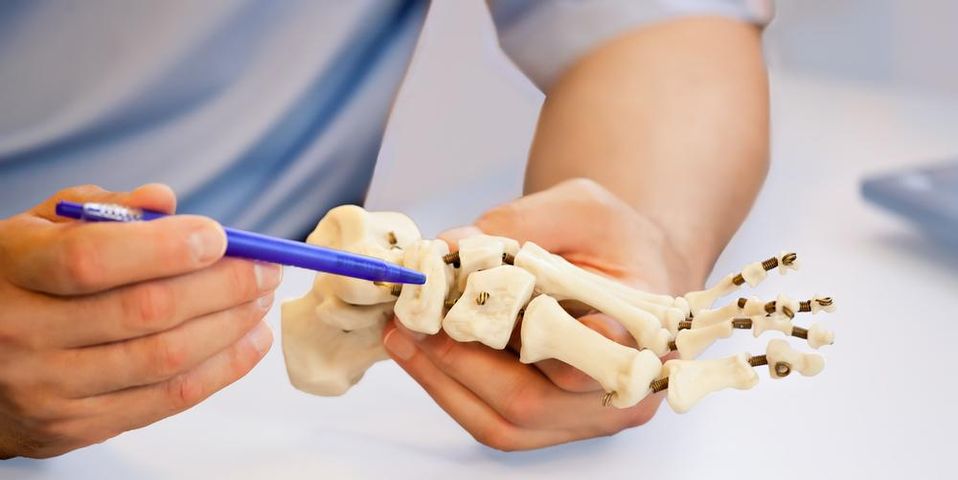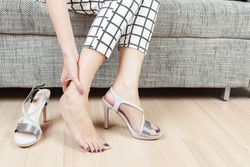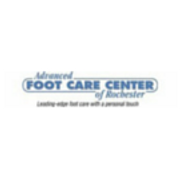Why Do High Heels Cause Foot Pain?

High heels are fashion statements and convenient for giving extra height. However, women who wear them daily may experience chronic foot pain. To help you stay comfortable, here’s more information about how they affect the body.
What Problems Are Caused by High Heels?
High heels are often tight around the front, which can place unnecessary stress and pressure on the toes. As you walk, the friction could result in blisters.
 These shoes are also designed to hold the feet at near-vertical angles, which increases the risks of stress fractures, slips and falls, ingrown toenails, hammertoes, and bunions.
These shoes are also designed to hold the feet at near-vertical angles, which increases the risks of stress fractures, slips and falls, ingrown toenails, hammertoes, and bunions.
Even other areas of the body can be affected. Joints need to compensate for the unnatural positioning of the feet, which can wear away at the cartilage and increase the risk of arthritis.
How Can You Prevent Foot Pain?
Fortunately, there are some steps you can take to stay comfortable while wearing heels.
Before slipping into the shoes and after removing them, perform quick stretches. Lay a one-inch thick book on the floor and, from a standing position, place the ball of the foot on the book and your heel on the floor. Bend forward and grab the toes. Hold for 30 seconds before switching to the other foot, and repeat two or three times.
Other ways to mitigate foot pain include regularly rolling out your calf muscles with a foam roller, getting routine foot and leg massages, and adding lower heels and flats into your weekly shoe rotation.
If you experience foot pain, visit Advanced Foot Care Center of Rochester. With more than 30 years of experience, Dr. Joseph G. DiPrima offers a wide range of podiatry services, including injection therapy and orthotic devices to make shoes more comfortable. He’ll evaluate your gait to catch potential problems early and prevent complications. Call (585) 249-0020 to schedule a consultation, or learn more about common foot conditions online.
About the Business
Have a question? Ask the experts!
Send your question

